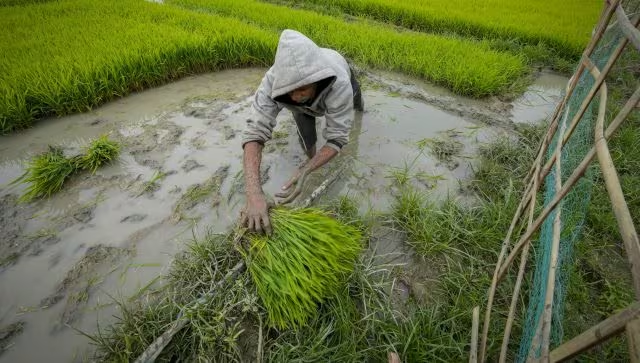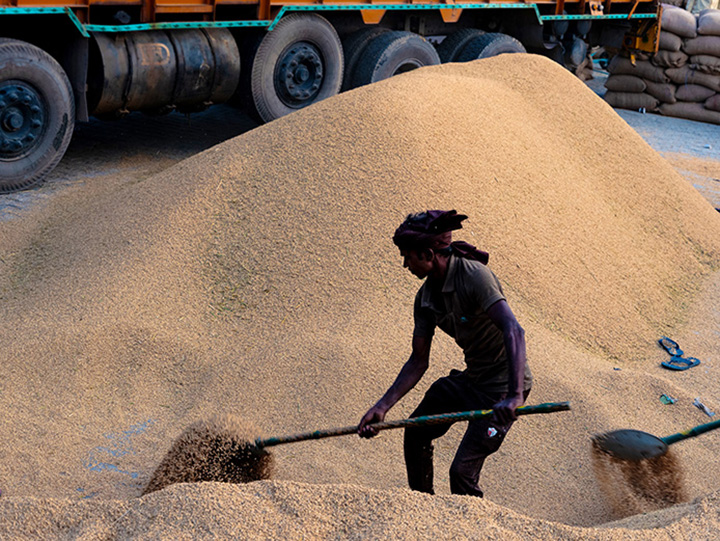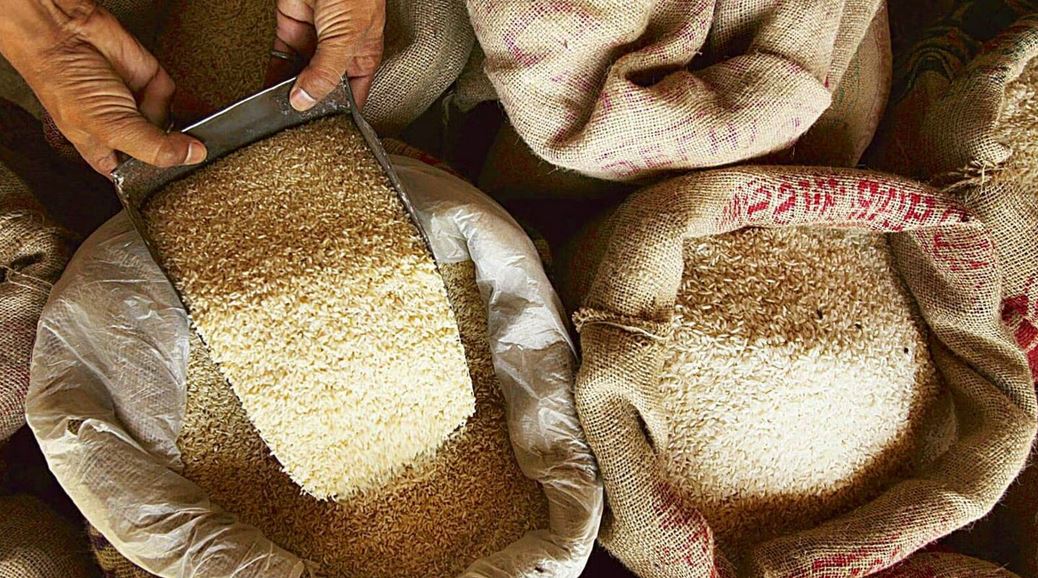Tags
Vantage | How India can help in Asia’s big rice crisis
Reports say in the first eight months of 2023, India sold rice worth over 500 million dollars to South Asian countries.

A farmer works on rice saplings at a paddy field on the outskirts of Guwahati. AP
Asia is home to more than 4 billion people, whose staple food is rice. Asians consume more rice than anyone in the world. As much as 90 percent of the world’s rice is produced and consumed here. But these days, rice is burning a hole in the pockets. There is a shortage in the market, and that is driving up prices dramatically.
Take the case of the Philippines. Last month, rice inflation there crossed 22 percent. The highest level since March 2009. The overall inflation rate was 2.8 percent in January, but rice prices were growing at over 22 percent. That is eight times faster.
It is not just the Philippines, many other countries are reeling. Rice inflation is hitting them hard. In Nepal, rice prices have shot up by seven percent. In Vietnam, prices are rising by almost 10 percent on a monthly basis, and by almost 20 percent on a yearly basis.
Malaysia has been forced to cap rice prices. This is after imported rice became way too expensive. Prices shot up in October last year, by a whopping 36 percent.
The trend is clear, however the question is why? Some experts are blaming India. Until last year, India was the world’s leading exporter. As much as 40 percent of the world’s rice supply came from India.
But then, prices began rising at home, there were supply disruptions, India wanted to control inflation, like everyone else.
It wanted to ensure a surplus stock at home. So India imposed export restrictions. Some types of rice were banned from export and the result was some 9 million metric tons of rice disappeared from the global market.
An expert in Washington assessed the situation as – “a big hole to fill” — and this argument is partially right.
Yes, India is supplying less rice to global markets. But India is not the only reason behind the situation.
Worldwide, rice production is projected to shrink this year, largely because of extreme weather. Rice production is shrinking worldwide, and the reason for that is climate change. Extreme weather events like floods and droughts are hampering harvest.
So overall, there is less rice to go around, farmers are unable to keep up with the rising demand, and the falling supply. The impact of extreme weather is being felt across Asia.
Indonesia is predicting a lower harvest, a major importer Indonesia has flagged a marginal hit to output. In Vietnam, rice farmers have received instructions. They’ve been asked to plant their next crop earlier than scheduled. So that they have adequate water supply.
Vietnam has told farmers to plant their next crop earlier than usual to avoid water shortages. In the Philippines, farmers are getting aid to cope with extreme weather. It is also giving aid to growers to cope with the weather as rice inflation soars. Last year, El Nino led to droughts and dry spells in the country.
Similarly, India is calibrating its response. New Delhi has no immediate plans to lift the rice ban. But it has made exceptions for some countries. It is sending rice to some partners, including India’s immediate neighbours like Nepal, Bhutan, Sri Lanka, and the Maldives, also, some ASEAN nations like Indonesia and Vietnam. According to government data analysed by Mint, rice export to South Asian countries alone was $567 million in the first eight months of the current 2023-24 fiscal.
In the case of ASEAN countries, rice export was at $341 million in April-November 2023. ASEAN nations received some 340 million dollars worth of Indian rice. So there is no sweeping ban, New Delhi is being careful with its supplies.
Having said that, this episode makes one thing clear that the world’s current approach is unsustainable. India alone cannot bear the burden of stabilising global rice prices. Climate change is sure to disrupt supplies in the future too. The only way to deal with this is to mitigate global warming.
https://www.firstpost.com/opinion/vantage-how-india-can-help-in-asias-big-rice-crisis-13701982.htmlPublished Date: February 8, 2024






